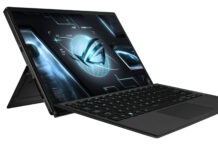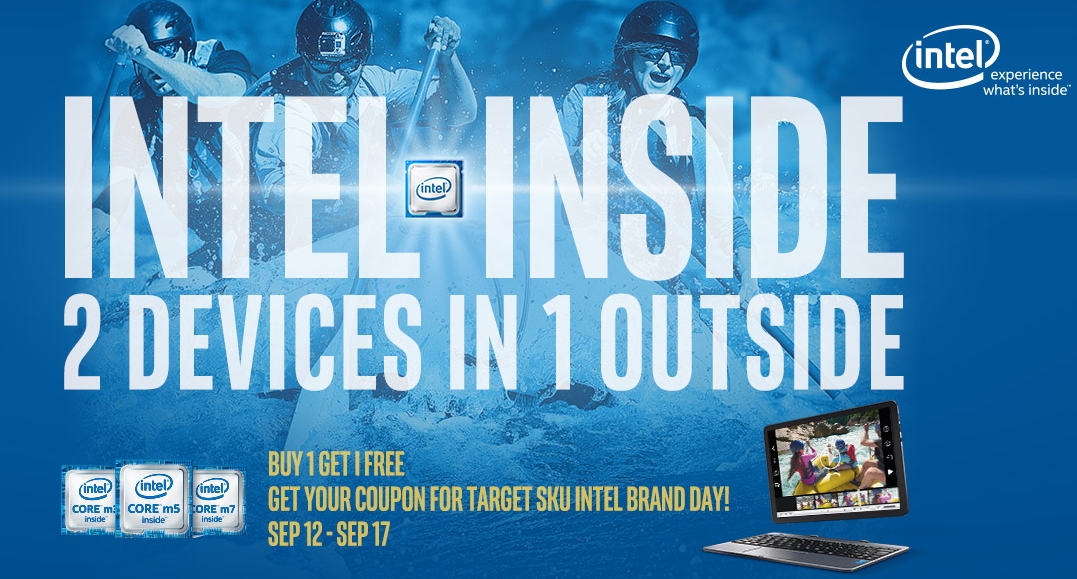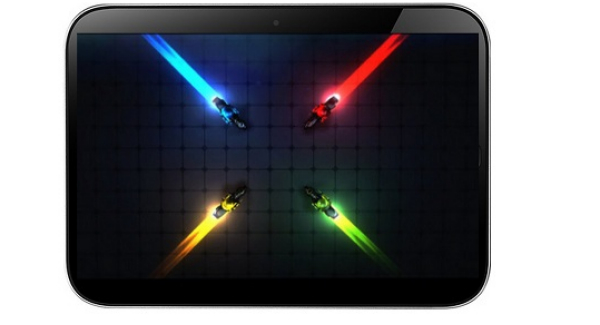Yesterday you had the opportunity to watch the Microsoft Windows 8 event keynote transmitted live on their dedicated webpage. It was a great opportunity to see the direction in which PC’s and mobile computing is headed and learn about the new features of Microsoft’s Windows 8. It is one of the greatest changes in the software giant’s history and a leap forward for the world of software and hardware in general.
Though most manufacturers rushed to show their new devices running a version of Windows 8, even before the OS was officially launched, it is not the hardware that is of great importance in this case and in general, but what Microsoft has done to take their OS in a different direction and try to create solid eco-systems throughout the entire industry. The introduction of the new OS is a bold move from the software manufacturer, taking the PC and mobile industry in a new direction and advising the consumers to upgrade their PC hardware to take advantage of all the features of the new OS.
Windows RT is the version of the OS designed for the mobile platform and optimized for use with ARM based chipsets. This version of Windows cannot run the regular PC apps, but rather apps from the Windows Marketplace designed for use with a RISC (Reduced instruction set computing) architecture. This version of the OS will be run on smartphones and tablets, including Microsoft’s Surface RT that has been officially launched yesterday, along with the new OS. This stripped down version of Windows has the advantages of the portable platform, offering great battery life for devices and a bunch of pre-installed apps that cover all the basic needs, from searching the web using Bing, to email and news.
The definite conclusion is that Windows 8 does not reveal its full potential when using it the traditional way, with a keyboard and mouse. The interface can cause some frustration when used without a touchscreen and the lack of a start menu is something users have to get accustomed with. If you are among those to have used another platform and is now just learning the basics of Windows 7, you need to forget about some of the things you’ve learned when upgrading to Windows 8.
The new Windows OS offers great performance compared to the previous versions. It runs great, even on older PC’s and does not take that much RAM or CPU power. The minimum requirements for the OS to run are:
- 1GHz or faster processor
- 2GB RAM for 32-bit, 3GB RAM for 64-bit
- 16GB available disk space for 32-bit, 20GB for 64-bit
- 1366 x 768 screen resolution
- A working internet connection
- DirectX 9 compatible graphics with WDDM 1.0 or higher drivers
Upgrading to Windows 8 from Windows 7 will allow you to keep your settings, files and programs. From Windows Vista (SP1) you can keep your settings and files while from Windows XP only the files can be kept. This is a great time to think about buying new hardware as most manufacturers now offer great devices to satisfy your every wish in terms of performance, reliability and portability. When thinking about upgrading you absolutely must find a device that has a touchscreen or a big trackpad to use all the gestures implemented in Windows 8. For the business environment you can purchase Windows 8 Professional and if you do it before January 31 you can benefit from a special offer where the company will be offering Windows 8 Pro with Media Center included for free. Head over to their website and you will find all the details about the Windows 8 Pro Pack offered for $69.99 for a limited time.
Should you upgrade to Windows 8? If you’re thinking of buying a new PC or ultrabook then Windows 8 is a great choice, especially if your device comes with a touchscreen. If you’re running traditional hardware, you may want to think about buying a touch enabled monitor or sticking with Windows 7 at least until you get the chance to upgrade your hardware. Also keep a close eye on the new tablets from manufacturers like Samsung or Asus that offers great hardware with keyboards and docks that can be attached for improved productivity. As was the case with Windows XP, many users will find themselves reluctant to update their Windows PC’s in favor of the new version. Windows 8 is a great OS, fast, easy to use and reliable but it requires an investment in both hardware and software and a big leap from the traditional way of handling the OS on a PC. You can watch our take on Windows 8 RT running on a Asus ARM-based tablet, here.
Post Footer automatically generated by Add Post Footer Plugin for wordpress.

















